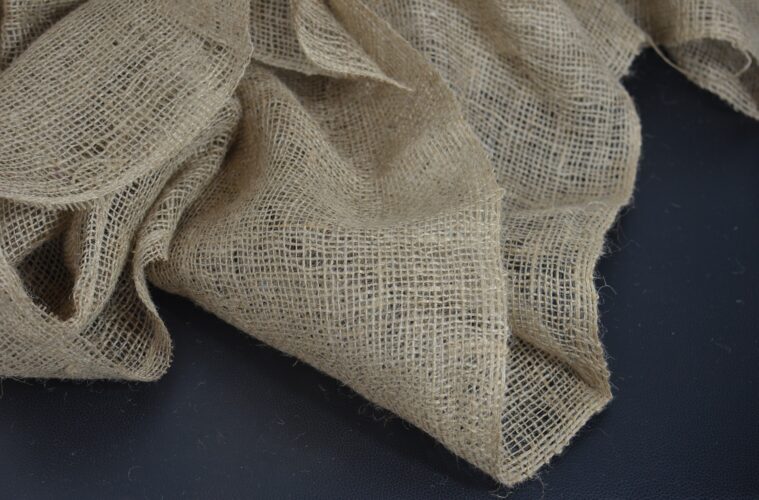Many people are aware of the negative environmental effects of disposing of bottles, cans, and shopping bags. However, little is known about the hazards caused by used fabric to the environment. The following are environmental benefits to use recycled fabric.
1. Reduces Greenhouse Gases
Clothes made from organic materials, such as cotton and linen, should be biodegradable. However, when people dispose of fabrics, they end up in landfills. As a result, they lack adequate oxygen required to break down organic materials. Inadequate oxygen forces organic materials to decompose through anaerobic digestion, meaning that microorganisms decompose organic matter. Anaerobic digestion produces greenhouse gases such as methane, which harms the air quality once released to the atmosphere.
Additionally, fabric manufacturing plants use a lot of fuel to break down raw materials, releasing CO2 into the atmosphere. Statistics indicate that every pound of fabric contributes to about four pounds of CO2 and other greenhouse gases in the atmosphere. Moreover, manufacturing may have other impacts: for instance, it takes 700 gallons of water to make one t-shirt.
2. It Saves Landfill Space
Disposed clothes are a major contributor to landfills, and by recycling, space is significantly saved. Landfills have negative effects on the environment and human health. Also, they negatively affect municipal budgets since they are expensive to maintain and operate. Recycling cuts down on the costs of operating landfills, increasing resources for other needs.
One tone of used fabric can produce 500 cubic meters of landfill gas, consisting of methane and carbon dioxide. Methane is a greenhouse gas that is 25 times toxic than carbon dioxide. This increases the implications of global warming and climate change. Additionally, methane gas lights up easily and is highly flammable, especially in an enclosed space with poor ventilation.
When the membranes of landfills rupture, they can release hazardous gases, chemicals, and toxins, which, when mixed with soil and groundwater which may lead to pollution. These toxins, carbons, and other pollutants make the soil lose its texture and kills aquatic organisms.
Additionally, landfills can have negative effects on human health. Studies show that people with prolonged exposure to the landfill are linked with respiratory diseases, cancer, and developmental defects in children.
3. Energy Conservation
Recycling saves energy by reducing the need to make materials from scratch. A fabric manufacturing plant uses an immense amount of water and electricity to make new clothes. By recycling fabric, manufacturers can make the same product with less energy. Since the recycled fabric has already been refined and processed, the second time around, manufacturing is less energy and labor-intensive.
Moreover, when you purchase recycled clothes, you are significantly reducing the volume of “fast fashion.”
4. Conserves Natural Resources
Fabric is manufactured from natural resources such as cotton, sisal, silk, fur, hemp, kapok, fur, jute, and flax. Continuous manufacturing minimizes these resources, which can have a negative impact on the eco-system. Recycling fabric conserves these natural resources because materials can be used. This reduces waste in fabrics and can be recycled to be used repeatedly, ensuring new resources aren’t exploited.
5. Prevents Global Warming and Pollution
Statistics indicate that 85% of unwanted clothes are being disposed of by consumers. This has a detrimental effect on the long-term sustainability of the planet.
By recycling fabric, individuals reduce the emission of greenhouse gases that are released from manufacturing plants and landfills. These greenhouse gases, such as methane, are linked to weakening the ozone layer, which protects against harmful ultraviolet rays.
Additionally, the concentration of these gases into the atmosphere forms a heavy blanket that raises internal temperatures. As a result, polar ice melts, increasing the sea levels, which negatively affect sustainability.

